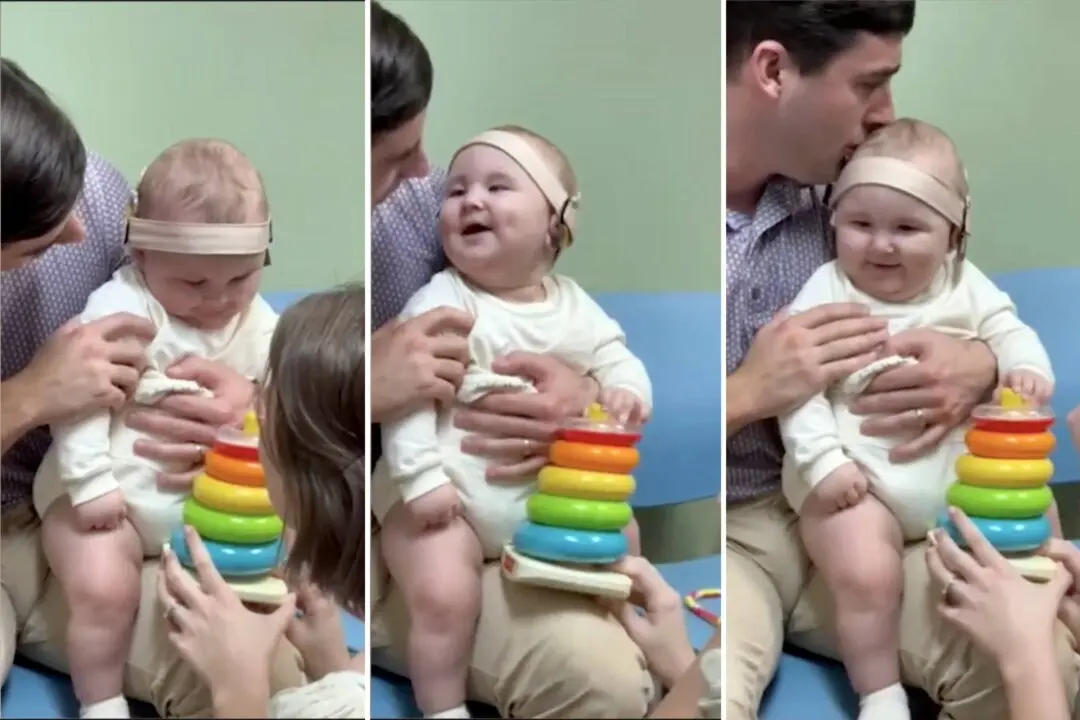A 467-year-old astronomy book—which was the first ever to be written in English—has fetched 10,000 pounds (approx. $12,000) at auction.
The “incredibly scarce” first edition of “The Castle of Knowledge“ by Welshman Robert Recorde was found in an old box of books by antiques experts. It was the first astronomical text to be published in English in 1556 and is believed to be the oldest surviving example of its kind in existence.





